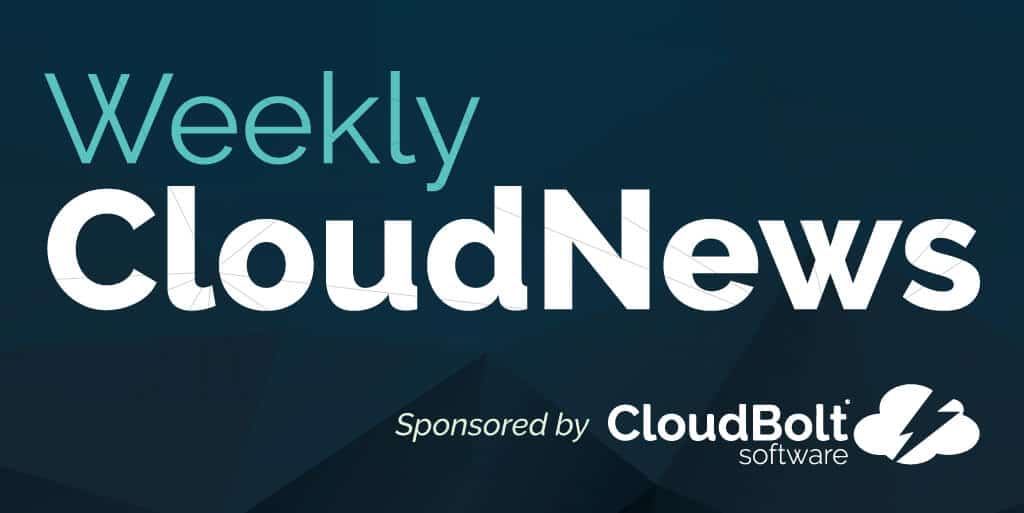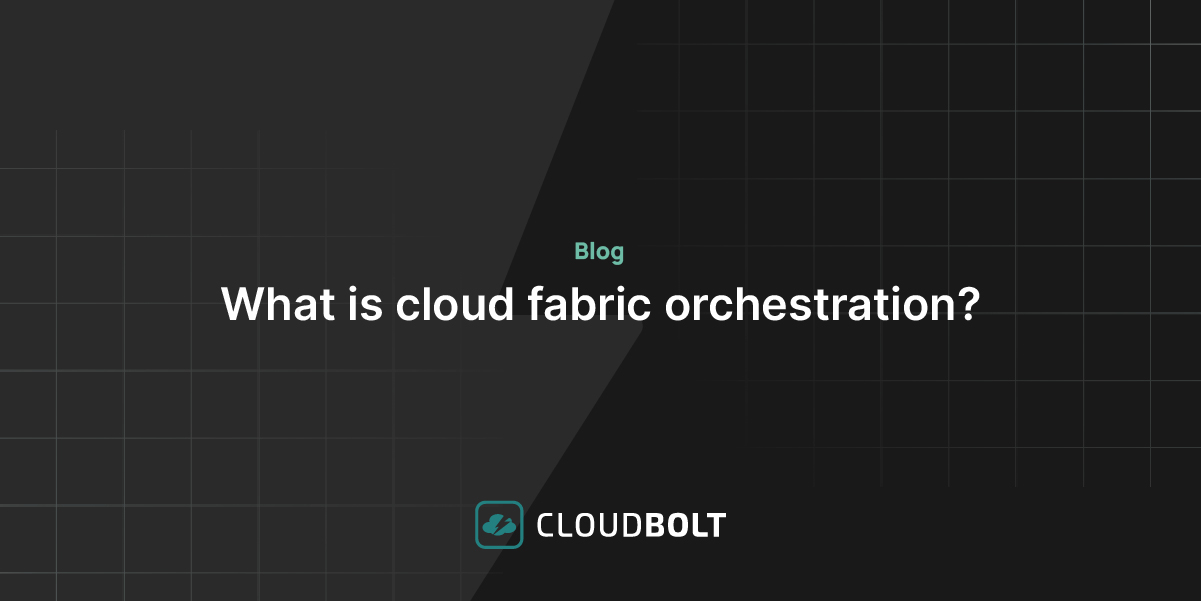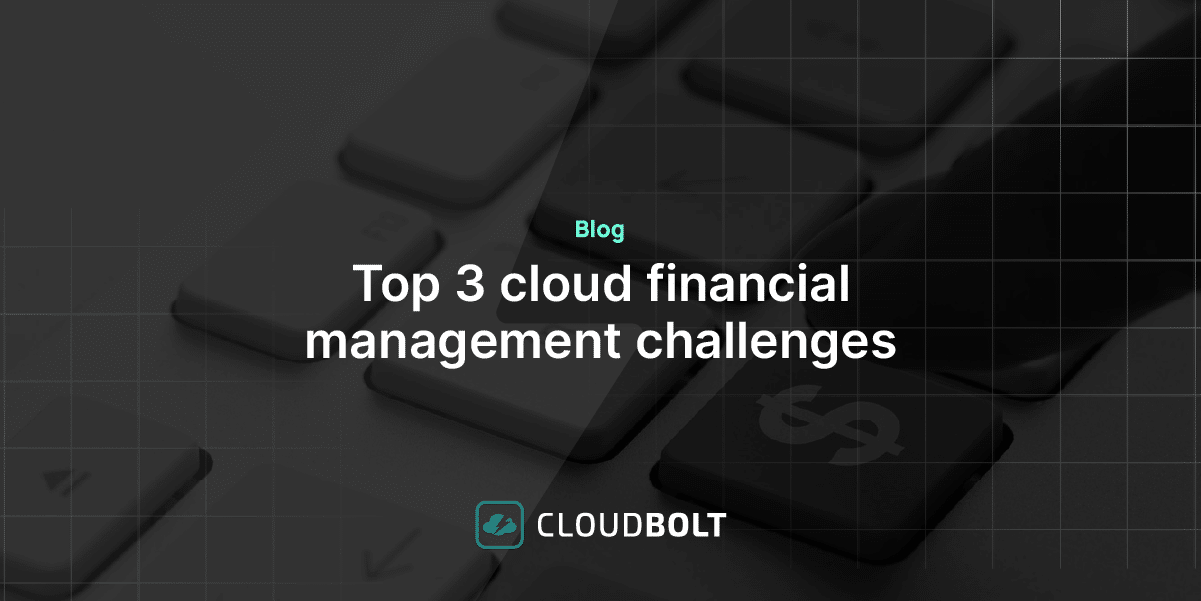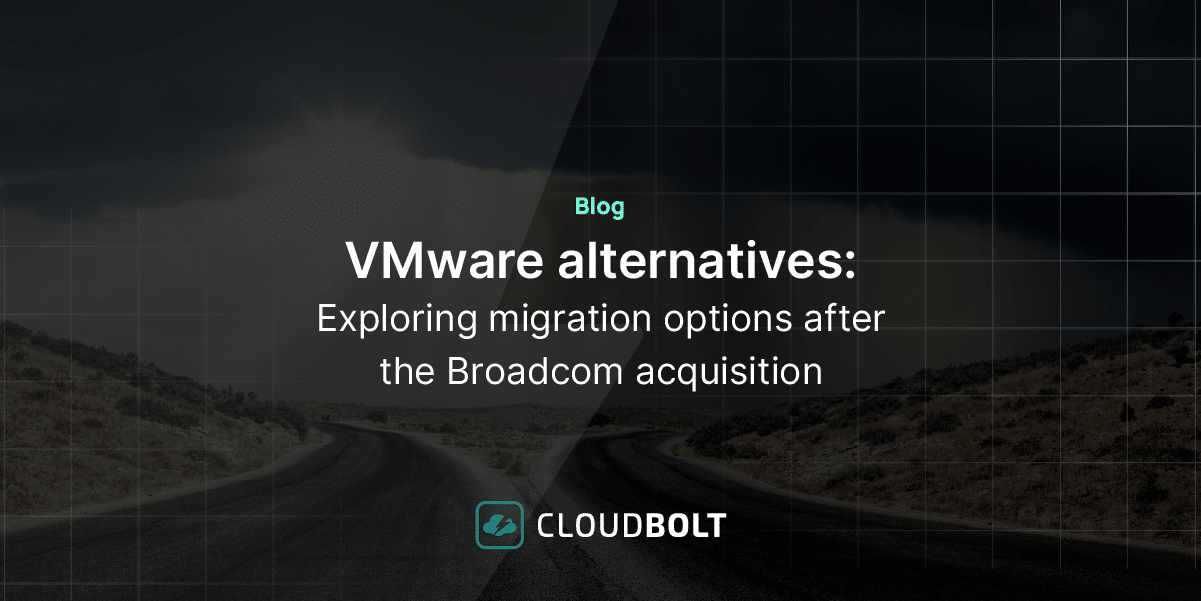
Welcome to this week’s edition of CloudBolt’s Weekly CloudNews!
Here are the blogs we’ve posted this week:
The 3 Main Components of Azure Backup Pricing
With that, onto this week’s news:
Gartner: These 4 trends are shaping the future of the public cloud
Brandon Vigliarolo, TechRepublic, Aug. 10, 2021
“A Gartner report on the trends driving the public cloud sector predicts that the public cloud industry will grow massively over the next few years, eventually accounting for more than 45% of all enterprise IT spending by 2026. The trends (cloud ubiquity, regional cloud ecosystems, sustainability and CIPS automated infrastructure) driving this massive growth in the amount of money spent on the public cloud (it only accounts for 17% of IT budgets in 2021) and the industry’s value as a whole (Gartner expects it to grow by 21.7% in 2021 to a value of $482 billion in 2022) can be tied to the pandemic to some degree, said Gartner senior research director Henrique Cecci.”
Companies prioritizing sustainability need to manage data on their progress. Here’s how the cloud can help.
Business Insider: Accenture, Aug. 6, 2021
“The cloud is often used to manage financial and security information, but now firms are turning to it for their ESG data, too. It’s also sustainable. Migrating to the public cloud can reduce carbon dioxide emissions by 59 million tons a year — the equivalent of 22 million cars.
It’s worth assessing how ‘carbon thoughtful’ a potential cloud provider is, considering their emissions goals, electricity sources, and renewable-energy purchases. The Google Cloud Platform, for example, matches nonurgent data-center workloads with times when low-carbon energy sources are plentiful, while Microsoft Azure gives customers a calculator to track emissions, and Amazon Web Services is 3.6 times more energy efficient than the median US enterprise data center. There’s more information in Accenture’s ‘The green behind the cloud’ report.”
Hybrid cloud services the backbone of today’s e-commerce boom
Joe Devanasen, TechHQ, Aug. 5, 2021
“These sudden changes in consumer behavior as well as shifting distribution methods meant that organizations needed to scale up their e-commerce infrastructure to deliver greater speed and agility without compromising security – causing many of them to turn to hybrid cloud services to fill their gaps. Hybrid cloud harnesses different capabilities including deploying different workloads in private IT environments, public clouds, or a combination based on the computing needs. Hybrid cloud services can provide a business with greater flexibility and more data deployment options to meet the needs of the business.
For example, an apparel seller can utilize public cloud to launch its new website or app, but back-of-house operations and sensitive customer data can still be stored on-premises, safely behind a firewall. And it’s not just common e-commerce pillars like clothing and food delivery either, like in April 2020 when sales of recreational bikes grew by 203% compared to the same period last year.”
We’re here to help you anywhere on your hybrid and multi-cloud journey. Request a demo today.
Related Blogs

What is cloud fabric orchestration
Understanding the Cloud Fabric The cloud fabric encompasses all the different clouds, services, applications, tools, and threads interweaving to form…

